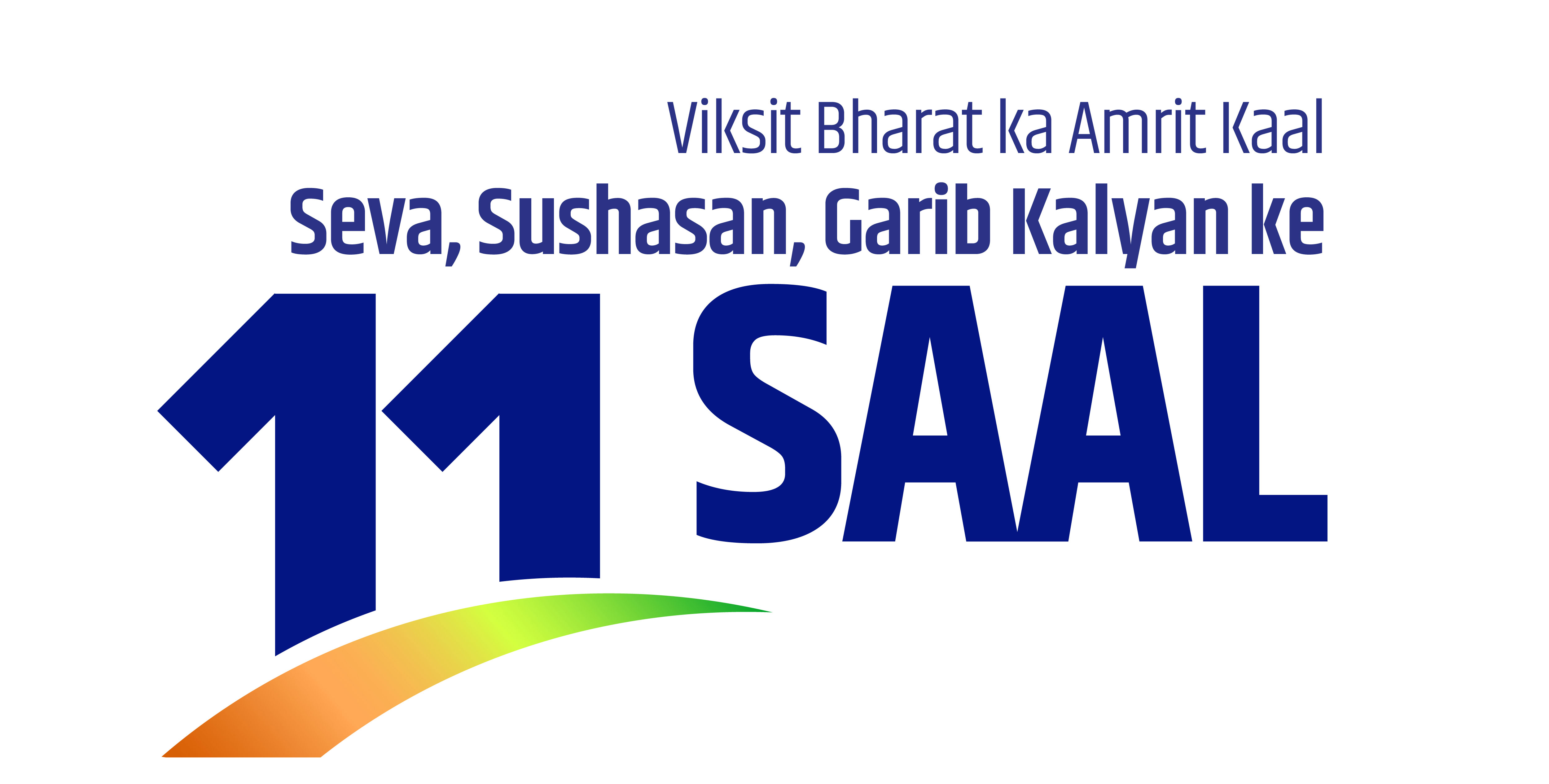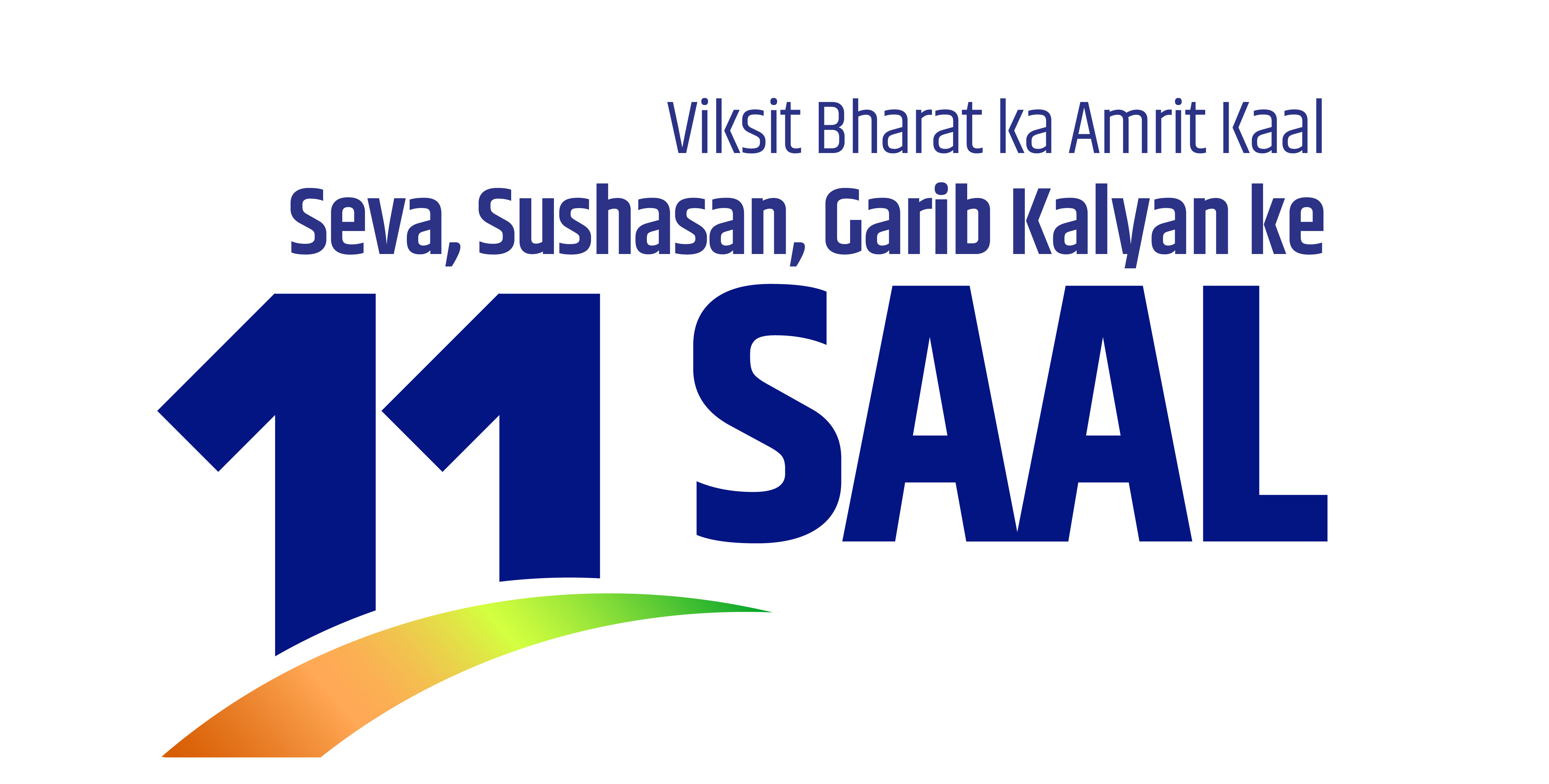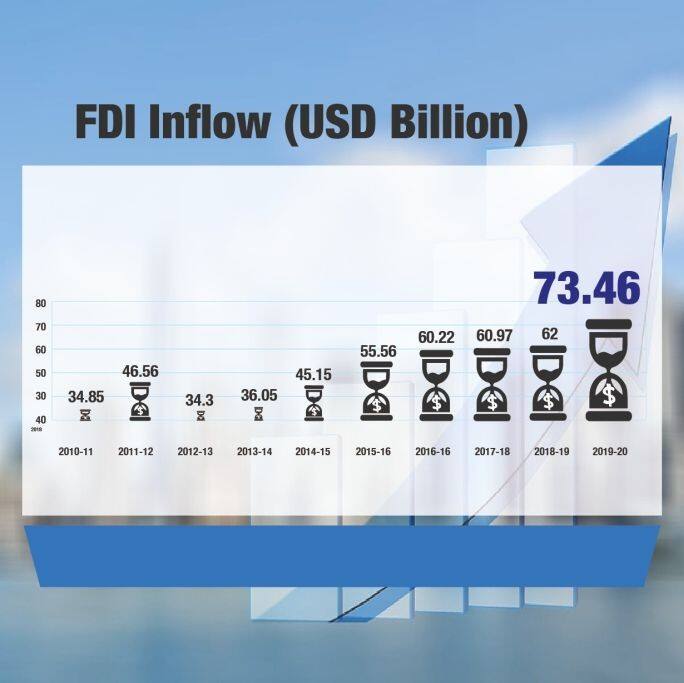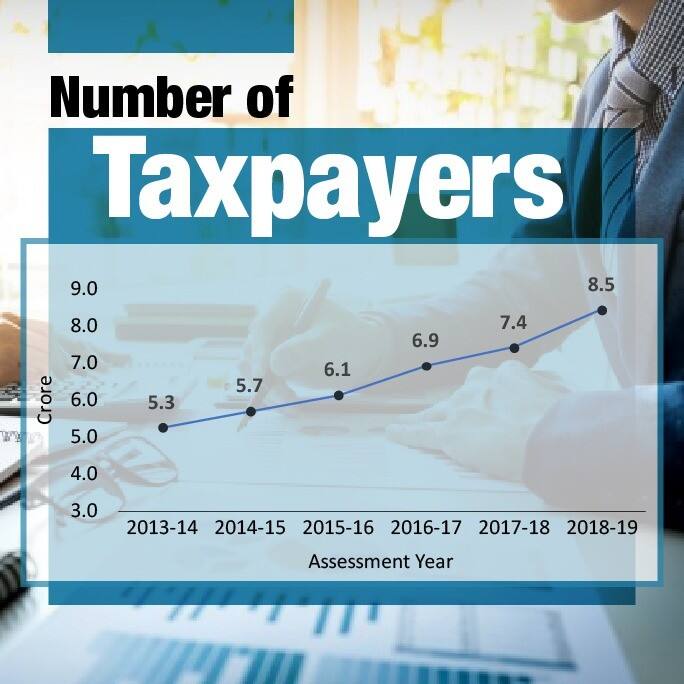

Achievements
- Serving The Poor, Honouring The Marginalised
- Empowering India's Amrit Peedhi
- Ensuring Farmer Welfare
- New momentum for Nari Shakti
- Advancing India's National Security and defence
- Infra at Speed and Scale
- India's Enduring Tech-Prowess
- India: A Global Economic Powerhouse
- Affordable, Accessible Healthcare For All
- Northeast India - A Growth Engine
- Ease of Doing Business
- Vishwamitra : A friend to the world
- Ease of Living For Middle Class
- Conserving Cultural Heritage
- Propelling LiFE Environment and Sustainability
Economy : Numbers Tell It All
2020-05-28 02:33:00
To arrive at any conclusion related to PM Narendra Modi’s economic policies, one has to rewind to the 2012-13 period, when rupee was at a marked low on account of taper tantrum and India had been dubbed as one of the ‘fragile five’ economies of the world. Policy paralysis had punctured investor confidence and Indian businesses, both big and small, stared into impending distress and despair.
Multiple reforms and measures were taken by the Modi Government from 2014 onward which resulted in lower debt to GDP ratios and increase in import cover. As macro fundamentals improved, India was able to attract higher foreign investments FDI and FPI. This growth helped in consistent inflow of funds and helped India overcome global headwinds including unstable commodity prices.

- During the F.Y. 2019-20 (April 2019 to February, 2020), the total FDI inflow grew by 23%, i.e. USD 69.91 billion in comparison to USD 56.87 billion reported during the same period of previous year. It is the highest ever for a particular financial year.
From the low growth-high inflation syndrome which had rendered India vulnerable to external shocks to achieving high growth-low inflation, the Indian economy has been able to reinvigorate on the back of structural reforms across sectors. Consistent focus on fiscal consolidation has brought back India as an economy to reckon with.
- India’s share in world GDP has increased from 6.64% (2014) to 7.74% (2018).


Source: World Bank
Investors and entrepreneurs alike faced two crucial impediments in India i.e. prolonged periods of time consumed in compliance and exorbitantly high cost of doing business due to lack of transparency and corruption in the system. Both these roadblocks were swiftly addressed by putting in place a single-window clearance mechanism, time-bound approvals and using technology to minimise human intervention and thereby reduce middlemen and liaison fee. These steps manifested in increasing ease of doing business in the country which revived the investor sentiment. Time is a critical resource, and as businesses experienced higher efficiency and reduced hurdles, India became an attractive destination for both, foreign and domestic investors.
Some of the crucial bills passed during six years of Narendra Modi Government that have succeeded in creating positive economic spillovers include:
- Goods and Services Tax
- Insolvency and Bankruptcy Code
- Benami Transactions (Prohibition) (Amendment)
- Companies (Amendment) Bill
- Aadhaar (Targeted Delivery of Financial and Other Subsidies, Benefits and Services) Bill
- Undisclosed Foreign Income and Assets (Imposition of Tax) Bill
- Employee’s Compensation (Amendment)
India’s economic landscape went under a complete makeover with a concerted push for digital transactions which has ushered in high level transparency in the workings of social and government bodies. By adopting a bottom-up approach to economically empower the vulnerable by providing social security along with basic utilities like electricity, toilets, gas cylinder, PM Kisan Samman Nidhi Yojana, Ayushman Bharat, and increase their contribution to India’s growth through access to capital via MUDRA, Narendra Modi’s policies are aligned to Antyodaya. Moreover, by making high-level changes through amendments in archaic laws and introducing new legislations, arrangements were made so that these policy implementations were able to achieve social and secondary objectives. For example, Ujjwala aims to provide clean cooking fuel and also provide women at home spare time for exploring other economic activities or meeting family commitments.
The Modi Government has treated farmers as an integral part of Indian economy and opened an ocean of possibilities for them to explore and strengthen their economic position. Farmers are now permitted to sell their goods at a location of their choice and discover the best price for their produce. This brings Indian farmers at par with other sectors.
While Modi 1.0 successfully tackled the growing crony capitalism and augmented investor confidence by getting rid of frequent scams and misappropriation in subsidy distribution, Modi 2.0 has focussed on creating long-term agents of growth and employment through asset creation and providing an enabling environment.
- National Infra Pipeline worth more than Rs 100 lakh crore over the next 5 years
- National Textile Mission to allow the textile industry to explore new opportunities
- Permitting Indian companies to list their securities in permissible jurisdictions
- Opening all sectors for private investment and limiting presence of public enterprises to strategic sectors
With razor sharp focus to achieve USD 5 trillion economy, India has embarked on a journey that will culminate into several local economies across the country contributing through Vocal for Local mission, across manufacturing and services. The Aatmanirbhar Bharat will be an outcome of combined efforts of citizens and government through collaboration, communication and cooperation. India has immense opportunities to serve the world and emerge as a participant in the global markets as opposed to the conventional role of being the largest market for global players.
More Articles

India: A Global Economic Powerhouse
भारतीय कैपिटल मार्केट का उत्कृष्ट प्रदर्शन एक वैश्विक अपवाद
June 7 , 2025
पिछले 11 वर्षों में, प्रधानमंत्री नरेंद्र मोदी के नेतृत्व में भारत की उल्लेखनीय आर्थिक प्रगति ने इसे वैश्विक स्तर पर एक अभूतपूर्व पहचान दिलाई है। देश के नॉमिनल जीडीपी में 100% से अधिक की वृद्धि हुई है, जो भारतीय अर्थव्यवस्था की अंतर्निहित प्रतिरोध-क्षमता, संरचनात्मक सामर्थ्य और नीतिगत आर्थिक विकास को दर्शाती हैं। जियो-पॉलिटिकल परिवर्तनों के कुशल प्रबंधन ने भारत को BRICS देशों, दक्षिण अमेरिका, अफ्रीका और मध्य-पूर्व एशिया जैसे क्षेत्रों में एक असाधारण ताकत के रूप में स्थापित किया है। भारत ने वैश्

India: A Global Economic Powerhouse
प्रोडक्शन लिंक्ड इंसेंटिव (PLI) : मैन्युफैक्चरिंग सेक्टर में सफलता की कहानी
June 7 , 2025
पिछले 11 वर्षों में, नरेंद्र मोदी सरकार ने भारत के आर्थिक सुधार कार्यक्रम में मैन्युफैक्चरिंग सेक्टर को केंद्र में रखा है। देश को एक ग्लोबल मैन्युफैक्चरिंग हब बनाने के स्पष्ट संकल्प के साथ, सरकार ने निवेश आकर्षित करने, घरेलू क्षमता के निर्माण और निर्यात बढ़ाने के उद्देश्य से कई संरचनात्मक सुधार कार्यक्रम शुरू किए हैं। ऐसी ही एक पहल के अंतर्गत वर्ष 2020 में ‘आत्मनिर्भर भारत’ मिशन के तहत प्रोडक्शन लिंक्ड इंसेंटिव (PLI) योजना शुरू की गई जो सरकार के संकल्प को कार्यान्वित करती है। पांच व